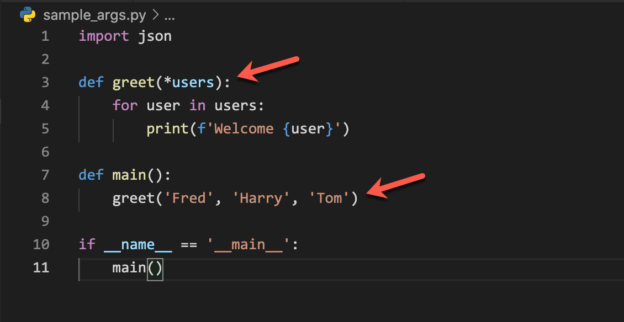In this article, I am going to discuss different ways in which you can install and setup Postgres Database on a Mac. Postgres is an open-source relational database system that can be used to develop a wide variety of data-based applications. Postgres has been popular for analytical workloads as well since it has support for column-store index and in-memory storage as well. Postgres is also available on all the major public cloud services like AWS, Azure, and GCP. In order to use those services, it is recommended that you should also have them installed on your local machine before deploying your databases to the cloud directly.
Read more »






















